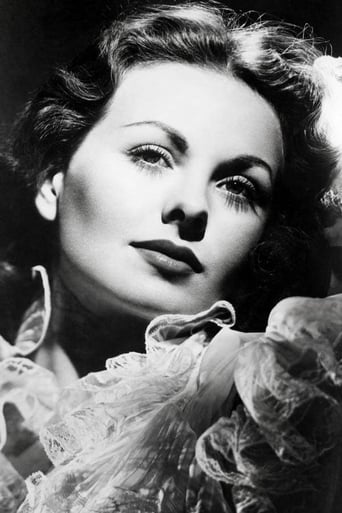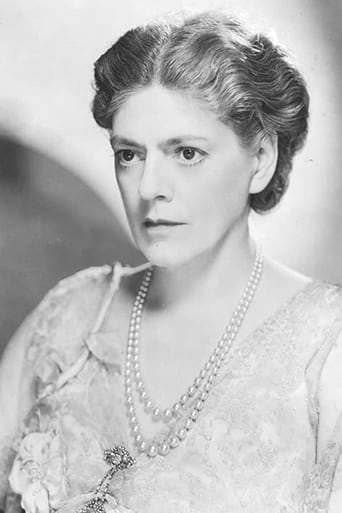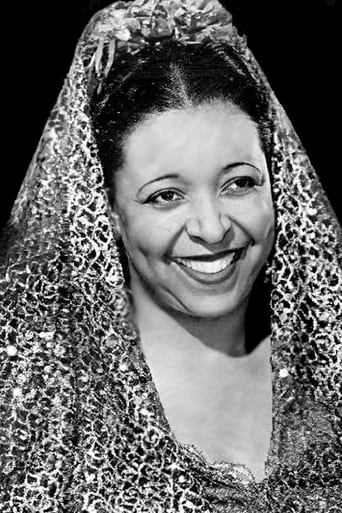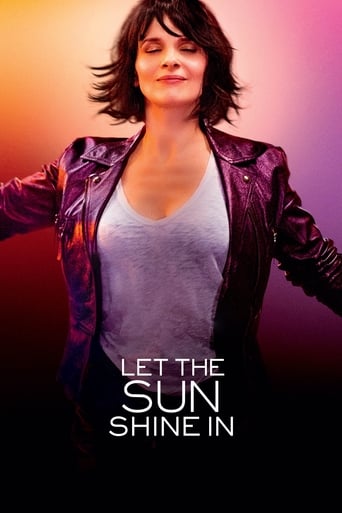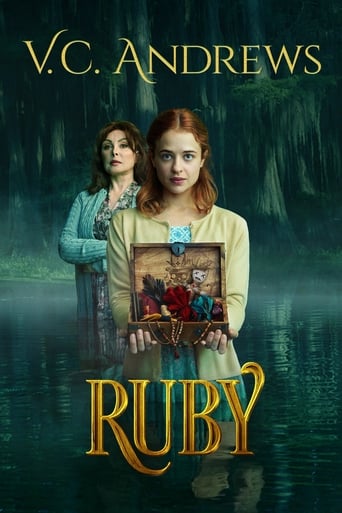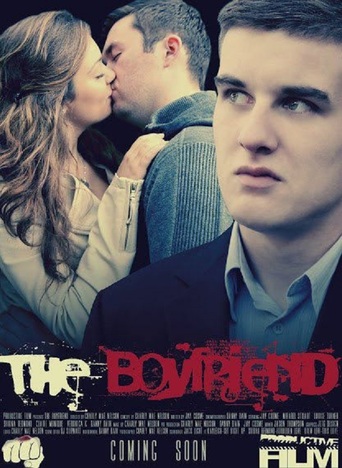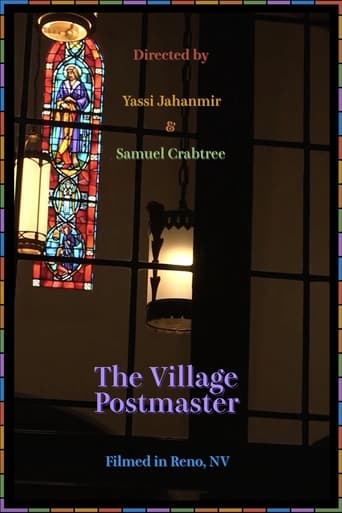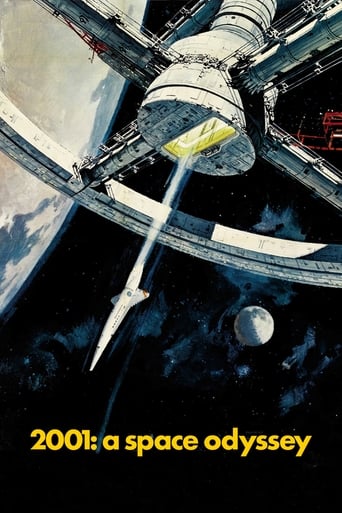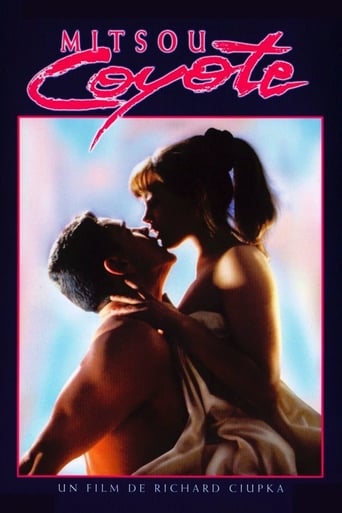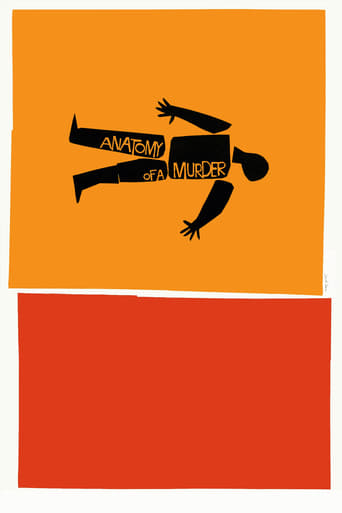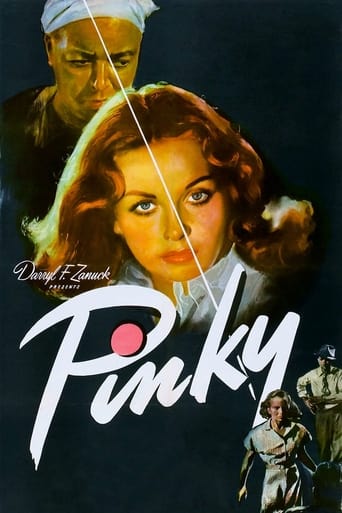
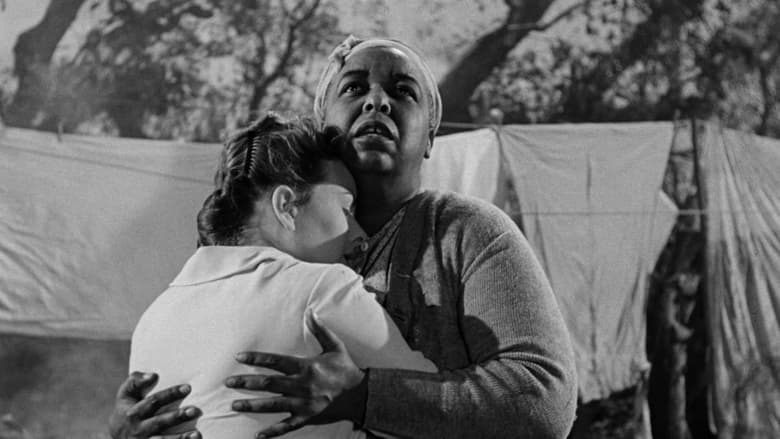
Pinky (1949)
Pinky, a light skinned black woman, returns to her grandmother's house in the South after graduating from a Northern nursing school. Pinky tells her grandmother that she has been "passing" for white while at school in the North. In addition, she has fallen in love with a young white doctor, who knows nothing about her black heritage.
Watch Trailer
Cast


Similar titles
Reviews
Many movies do not hold up over the years, regardless of how well they are made, due to the times changing. But this movie tries too hard...it wants to be ground-breaking but does not want to offend the whites who are harboring their prejudices, so they try to please everyone, racist and liberals, and it comes off as entirely phony. Why make this movie at all, if you are going to cater to the racists in the end? Pinky is not a very sympathetic character and her doctor boyfriend even less so. He wants her, even after finding out she is part black, but only if she goes back to pretending she isn't. But of course, they can't end up together, because the audiences of the day wouldn't stand for it, even though the actors are both clearly white.I know the studios had to pander to the ridiculous censorship code, but I think they would have been better off not making films that so clearly are hamstrung by the "rules" of the code.Hollywood made some ridiculous movies over the years, with various white actors playing Pacific Islanders or Asians for part of the movie, only to later "discover" that they were really white, so they could have the white hero in the end. This is a kind of reverse, but comes off just as phony and stilted.Some of the acting is fine, but the script is so leaden, it hardly matters. And Jeanne Crain delivers too many of her lines from between clenched teeth in an effort to appear taut and simmering. It just looks stiff. She must know how ridiculous her casting was.I also know movie-goers of the day were used to the phony sets, but they play better in some movies than in others. This one looks as fake as can be the whole time.
I just do not get it. As much as I tried to like and understand this film called "Pinky", I just, after watching most of it along with a very good "narration", couldn't consign myself to the fact that Jeanne Crain looks anything even remotely like a black person. NO WAY! I have seen or have known black people that have a definite look of "Caucasian" in them BUT NO WAY does Mrs. Crain have an inkling of it! Hence I don't like and can't watch this film because of the "falseness" of it. What were the producers, Zanuck included, thinking? MInd you, I am a filmmaker myself and admire Kazan extremely, especially for films like "Streetcar" and "Waterfront", and I realize his momentum, power, and notoriety back then BUT still, I can't appreciate this film because of the "miss" casting of the role!
John Ford is said to have directed part of this but, as it developed, he and Ethel Waters couldn't stand one another and Ford turned the helm over to Elia Kazan. (It doesn't look typical of the work of either man.) Basically, the eponymous character is a registered nurse who has left her job in Boston and returned to her childhood home in the African-American neighborhood of a rural Southern town. She lives with her black grandmother although Pinky herself couldn't look more "white" if she'd been Jeanne Crain or somebody.At first, as Crain wanders about the little town, folks think she's white but when it is revealed that she has a black grandmother, Ethel Waters, she's treated with the amiable disdain blacks in the rural South had to get along with in 1949.The scene in which her True Colors are revealed is emblematic. Crain visits a black man in the seedier part of the colored neighborhood. Taking note of this, a young black woman is seized with jealousy. An altercation erupts. The redneck cops arrive and break up the fight, and when the black woman says something like, "She ain't nothing but a colored gal herself," the cops slap her around. The Head Cop turns to Crain and asks with a chuckle, "It ain't true, is it?" Upon finding that it IS, the cops slap CRAIN around! It's interesting, from a sociological point of view, that Jeanne Crain, despite her severe hair style, looks and acts as white as any of the good townsfolk. It's that drop of black blood that is the criterial attribute. Genetically she may be only one sixteenth African, but she's coded as "colored" by everyone who knows about it. This is known as "the social construction of reality." She's colored not because she's mostly of African descent but because everyone agrees that she's colored. The same is true of Halle Berry (half "white") and Barack Obama (our first "black" president).Jeanne Crain as Pinky demonstrates her range as an actress, which isn't much but isn't dismissable either. She's a beautiful woman and in "Leave Her To Heaven", a few years earlier, was radiant. But there she was cheerful and self contained, and here she's sullen and pouting -- and that's about it. Ethel Waters gets the job done. Ethel Barrymore does rather more than that, and the supporting players do a professional job.One thing that struck me is that, except for a couple of incidents, race really played little part in the story. An outsider from Boston disrupts the little town and insinuates herself into the good graces (and the will) of the town's richest dying old lady. The mansion and its contacts go to the damned Yankee nurse instead of the local folks who know tradition when they see it.No one should be ashamed of his or her participation in this production. It's the product of seasoned talent, except for Elia Kazan who was just getting started. It doesn't preach. There are no Big Speeches about racism. In fact, the retired judge who sees to it that Crain gets Barrymore's mansion leaves her, saying that the outcome of the trial contesting the will, though it has gotten Crain the crumbling mansion, will bring no advantages to the community. That thought is insightful and neatly expressed.The denouement is improbable in the extreme. It's unlikely that Pinky would decide to stay in that rude community, much less turn her old mansion into a school for children. And it's frankly IMPOSSIBLE that when her white doctor boyfriend from Boston arrives, eager for marriage, she would throw him out and decide to stay with "her own kind." A NURSE -- rejecting an opportunity to marry a DOCTOR? The last shot has the camera descend on Crain's glowing face as she rings the bell for Em's School For Girls to start. A heavenly choir may be heard. She's found fulfillment. That happily sentimental shot could have come from John Ford, who sides with tradition even if nobody else does.
PINKY was a bold, cutting-edge movie 60 years ago (in 1949) and holds up solidly in 2009. How fortunate to find a Darryl Zanuck - Elia Kazan collaboration available on Netflix, thus avoiding once again the mindless drivel of most 2009 movies.There is enough honesty in the portrayal of race relations and other attitudes of 1949 America to make watching PINKY a learning experience for the open minded. Too bad this doesn't register with so many liberal empty-heads -- people who fault a 1949 movie for not being compliant with their 2009 hare-brained political correctness dogma. Oh, gosh! A small part of the story concerns the white doctor's plan to go ahead and marry Pinky after learning she's a Negro; but.. BUT.. moving away from his native Boston and setting up shop in Denver. Hush, now! He's not taking a Negro wife back to liberal Boston; no, NO! Subsequent to 1949 America had the entire school integration cause and tons of Boston Liberals hopped Freedom Trains and told Alabamans how to run their schools. Cute! But many remember that the FINAL and BLOODIEST battle of School Integration was fought in Boston, when Bostonians were simply shocked at the idea of their white kids going to school with blacks.The courtroom scenes in Pinky brought together the real clash of ideas in the community -- and this was so much better than in "To Kill a Mockingbird" where alleged hero Aticus Finch engaged in his bogus fight to save an accused Negro who everyone in town knew was not guilty. In Pinky the issues are sharp, and the suspense is genuine.My parents went to see PINKY in 1949, but left their 11 year old at home. I remember the film was controversial, and many wouldn't see it; but it wasn't a red hot issue in Maryland. Then, as now, it's a damn good movie.


